Scotland's Isle of Skye: A Comprehensive Guide to the Top Tourist Destinations
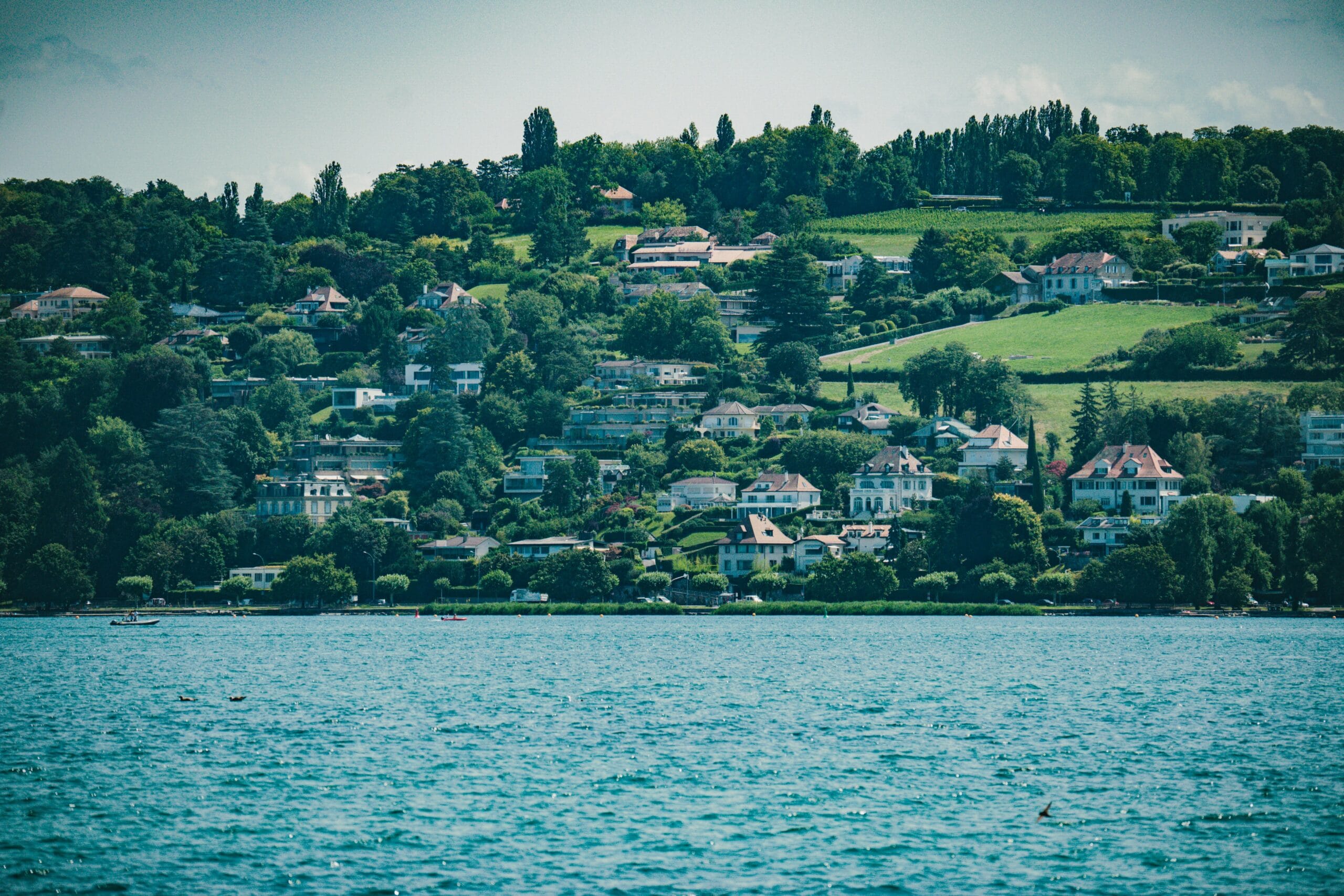
Introduction: Why the Isle of Skye merits more than a day
The Isle of Skye is among the most beautiful places in the world to visit. The island, which spans 50 miles of the Inner Hebrides, is well-known for its breathtaking natural beauty, spectacular coastal vistas, towering mountains, rolling hills, and pristine waterfalls that give it a mystical appeal that will undoubtedly enchant every traveler.
Many tourists make the error of only scheduling a one-day trip to this stunning island, which only begins to explore its wonders. Skye offers an endless number of attractions and activities that need enough time to be fully enjoyed.
This extensive guide is meant to help you approach seeing the Isle of Skye differently and make sure you appreciate its untamed beauty to the maximum. We'll go through everything you need to know to have a memorable trip to Scotland, including how to use a detailed island map to arrange your itinerary, how to navigate the Skye Ferry from Mallaig, how to comprehend the island's changing weather, and how to locate the finest accommodations.
Key Travel Logistics for Planning Your Skye Adventure
When is the Best Time to See the Isle of Skye?
In order to arrange a good trip to Skye, it's necessary to comprehend the weather there. Like Wales, England, and Ireland, the island has a well-known and variable marine climate. Rainfall can suddenly turn into brilliant sunlight, enigmatic mist, and even spectacular storms, occasionally all in the same day.
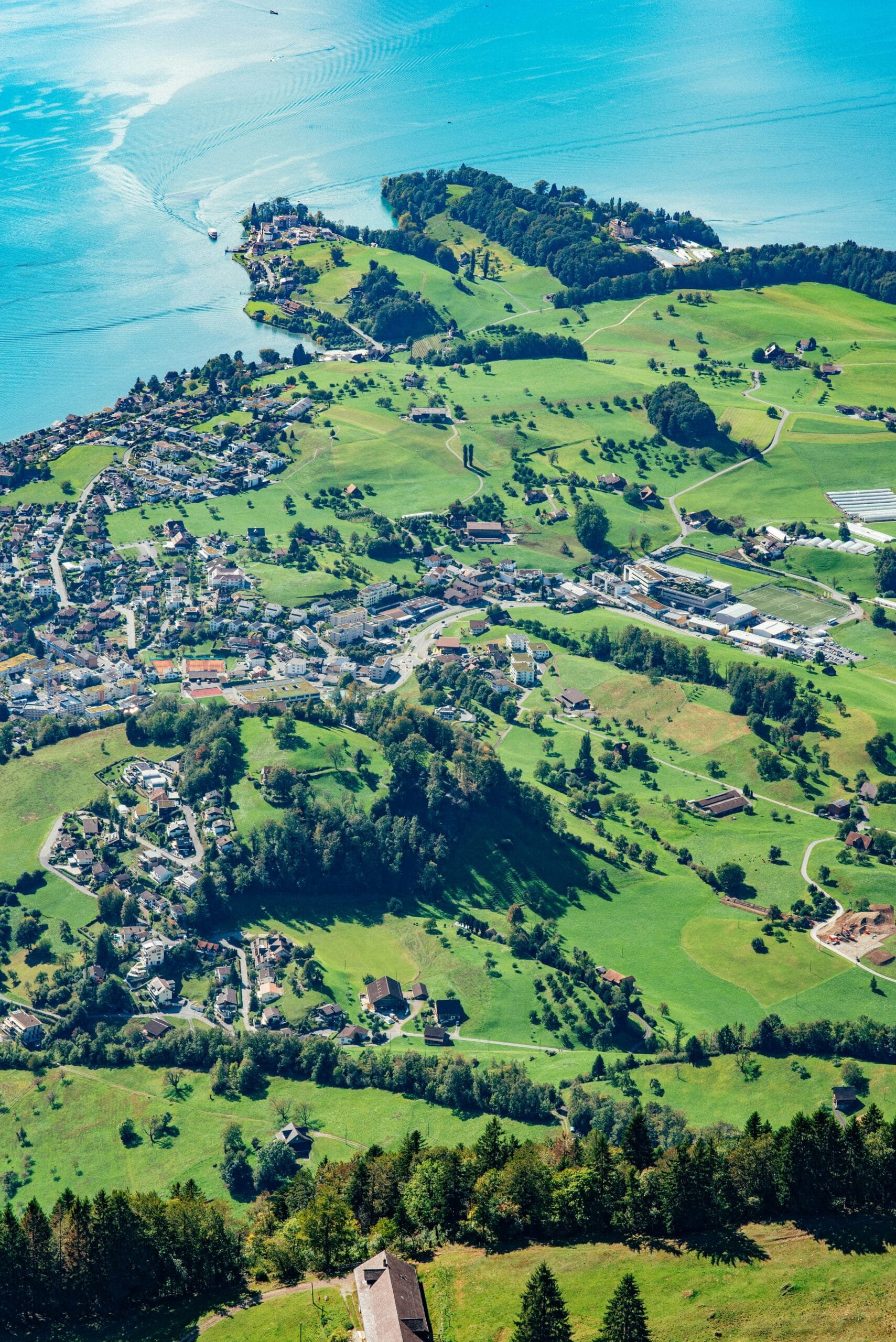
The summer months provide the best weather, with longer daylight hours and higher temperatures making outdoor exploration more enjoyable than the short, snowy winter days. However, going during the shoulder seasons has distinct advantages, such as lower crowds and unexpectedly beautiful weather. The month of November has been particularly notable for providing ideal conditions at several well-known vantage locations.
Accepting the island's ever-changing climate is essential for fully appreciating Skye at any time of year. Iconic locations like the Old Man of Storr can produce ethereal settings in foggy weather, while sunny days provide tourists with breathtaking vistas of the Hebrides.
Traveling to and around the Isle of Skye
There are two primary routes to the Isle of Skye, each with unique benefits depending on your way of travel.
For the majority of tourists, the Skye Bridge is still the easiest and most favored choice. By removing the need to depend on ferry schedules, this architectural wonder links the mainland at Kyle of Lochalsh to the island. Although it's only a four-hour journey from both Glasgow and Edinburgh, it's hardly enough time to take in all of Skye's majesty. The bridge has achieved cinematic renown, having appeared in James Bond's The World Is Not Enough as well as No Time to Die.
Another option is the Skye Ferry from Mallaig, which offers a more picturesque and romantic mode of transportation. The scenery along this 45-minute route from the mainland port of Mallaig to Armadale on the southern coast of Skye is spectacular. However, because ferry services are seasonal and less frequent during the winter, it is imperative to plan ahead.
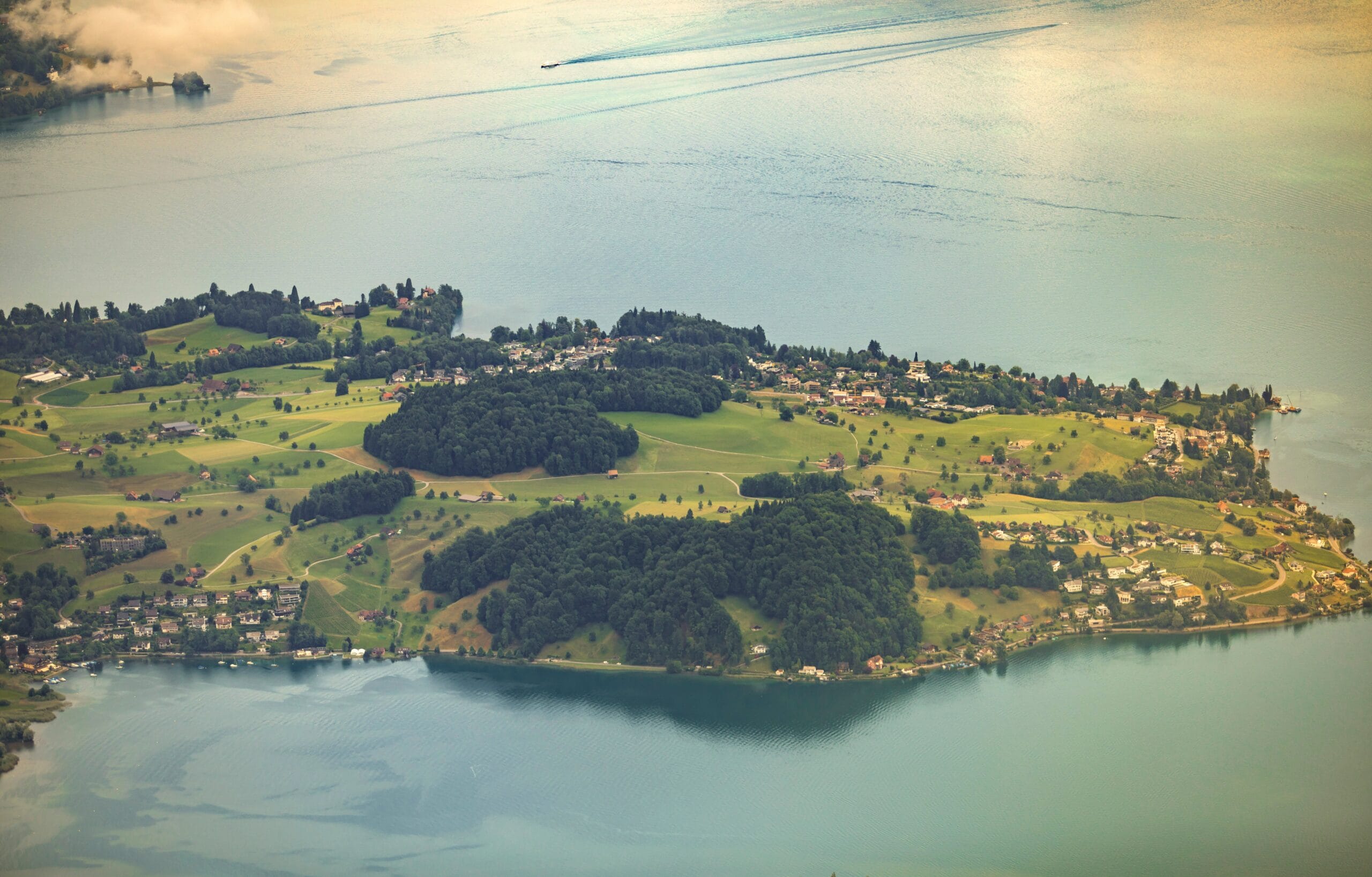
Transportation options on the island vary based on your travel style and group size. Visitors looking for freedom and the option to stay longer at isolated locations have made renting campervans more and more popular. Similar freedom with easier navigation on Skye's narrow roads is available with car rental through providers such as DiscoverCars and Budget.
Be ready for the "Skye version" of traffic, especially around well-known landmarks. The island's system has a lot of single-track roads with specified passing spots, thus drivers must exercise patience and politeness. Despite being occasionally difficult, these small routes frequently bring one to Skye's most beautiful and remote locations.
The Isle of Skye's accommodations
As compared to the Scottish mainland, there are fewer options for high-quality lodging on Skye, and rates are higher due to the island's popularity. As a result, you must plan ahead to ensure you find a good place to stay. The most important thing is selecting a base that strikes a balance between cost, location, and convenience.
Portree, the beautiful capital of Skye, is the perfect place to begin your trip. This charming port city provides excellent cuisine, a thriving local culture, and convenient access to the sights of both the east and west. Its bustling ambiance, welcoming residents, and independent stores offer a true sense of contemporary Scottish island life.
Consider Portree Pods for a one-of-a-kind experience. These cozy and creative lodgings are ideal for couples searching for something different from typical hotel rooms. These small, comfortable pods offer great value while putting you close to Portree's amenities.
The Skeabost Hotel, which is situated on a stunning lake approximately ten minutes outside of Portree, is one of the traditional hotel alternatives. After days of discovery, this house offers a tranquil hideaway with genuine Scottish furnishings. The Marmalade Hotel and The Bosville Hotel are two other noteworthy choices, but availability may be restricted, particularly during the busiest and coldest periods of the year.
For those looking for authentic local encounters, self-catered housing like "On the Croft" in Edinbane offer immersive stays that connect guests to island life. These properties frequently give insights into traditional Highland living while maintaining modern comfort standards.
Packing Essentials for a Skye Adventure
Skye's unpredictable climate demands smart packing to ensure comfort and safety throughout your visit. Good waterproof hiking boots are absolutely essential — this cannot be overstated. Whether hiking the Old Man of Storr or exploring the Fairy Pools, reliable footwear can make the difference between an enjoyable experience and a miserable trudge through mud and water.
A windproof jacket forms your second line of defense against Skye's elements. The island's exposed location means winds can emerge suddenly, turning gentle conditions into challenging weather within minutes. Layering systems work best, allowing you to quickly adapt to changes throughout the day.
Extra considerations include waterproof bags for equipment and cameras, additional socks and gloves, and a reliable smartphone with offline maps downloaded. Weather conditions can shift significantly between morning and evening, so packing for all scenarios ensures you're prepared for anything Skye presents.
Daily Budget Breakdown
Exceptional Sights and Experiences on the Isle of Skye
The Trotternish Peninsula Circuit: Eastern Coast Wonders
The eastern coast of Skye showcases some of the most dramatic geological formations in Scotland, making the Trotternish Peninsula a must for any comprehensive exploration of the island.
The Old Man of Storr is Skye's most famous landmark and the island's most popular hiking destination. This towering 55-metre volcanic formation, shaped around 2.8 billion years ago, dominates the landscape with its otherworldly presence. The nearest car park is just seven miles from Portree and can be reached via a 15-minute drive north along the A855 road.
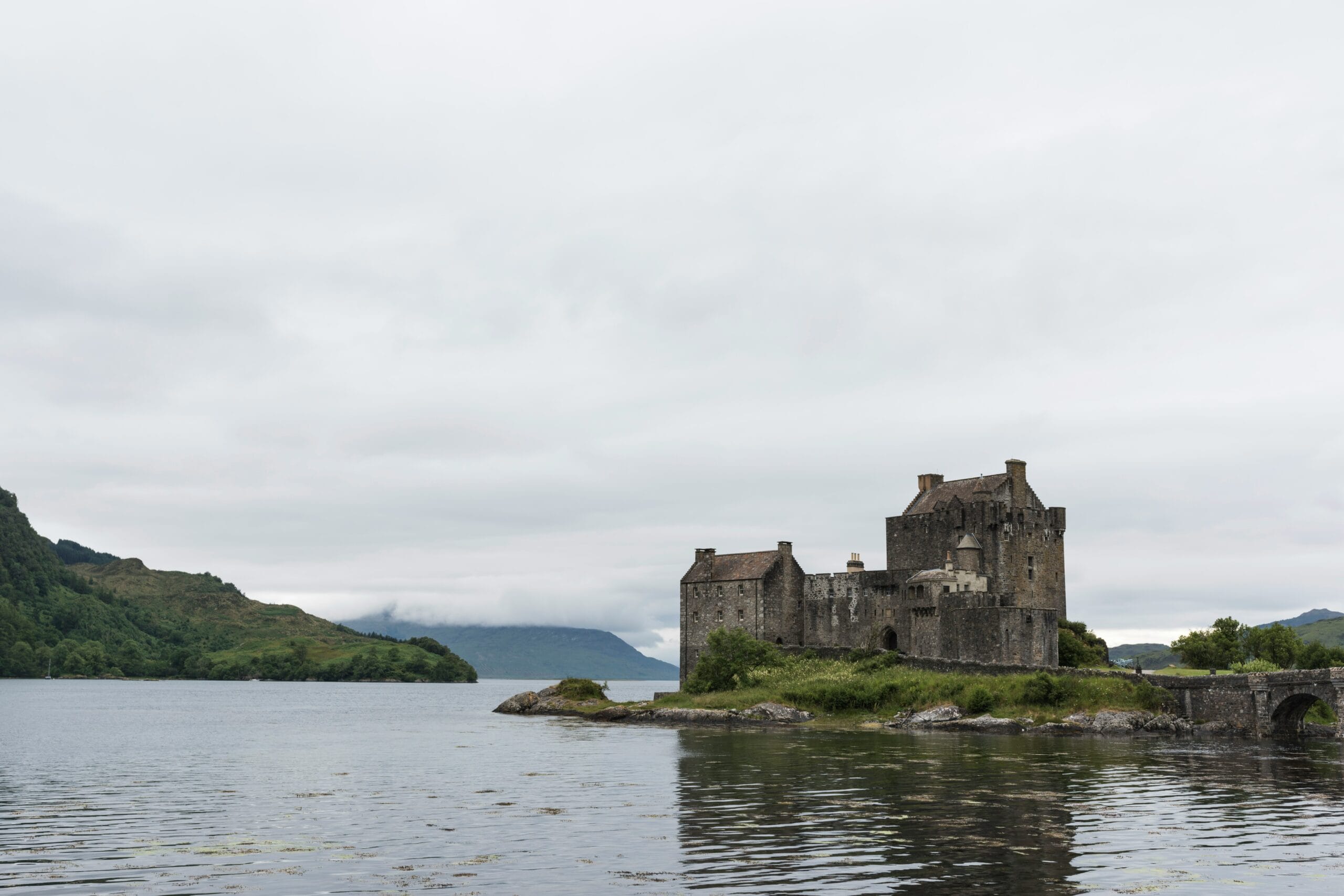
The hiking trail starts some minutes south of the car park, following a well-established path that typically takes 2–2.5 hours round trip. Despite being generally suitable for most fitness levels, the path can become steep and muddy in places, especially in wet weather. Parking works on a meter system (around £2–£3 in recent years) with strict enforcement, making early arrival advisable.
Clear days at the Old Man of Storr offer epic panoramic views over the Sound of Raasay to distant mainland peaks. However, cloudy or foggy conditions create an atmospheric experience, with the ancient rock formation emerging from swirling clouds like something out of Celtic legend. Morning visits generally offer the best weather and fewer crowds.
Kilt Rock and Mealt Falls lie just twelve minutes north of the Storr car park and provide one of Skye's most photographed views. The distinctive basalt columns, striped like a traditional Scottish kilt, offer a dramatic backdrop to the Mealt waterfall cascading straight into the ocean. The scene evokes the wild coastal cliffs of Iceland, showcasing the raw power of Highland geography.
The Quiraing is one of Britain's most significant geological features, formed by one of the country's largest landslides. This massive hiking area continues to move slowly, making it the only active part of the Trotternish Ridge. Its strange rock formations rising from the ground create a near-alien environment that attracts filmmakers and photographers worldwide.
Access involves a single-track road (the inland A855) complete with passing places, leading to a pay-and-display car park (around £3). The 7 km Quiraing circuit trail usually takes about two hours to complete and can be challenging in places. However, the dramatic views justify the effort, and the area remains worth visiting even for those who prefer not to attempt strenuous hikes.
Lealt Falls, carved by the Lealt River, form a magnificent 90-metre waterfall into the Sound of Raasay. Recognized as Skye's second most-visited waterfall after the popular Fairy Pools, this natural wonder has become more accessible thanks to modern infrastructure developments, including a viewing platform offering breathtaking coastal views.
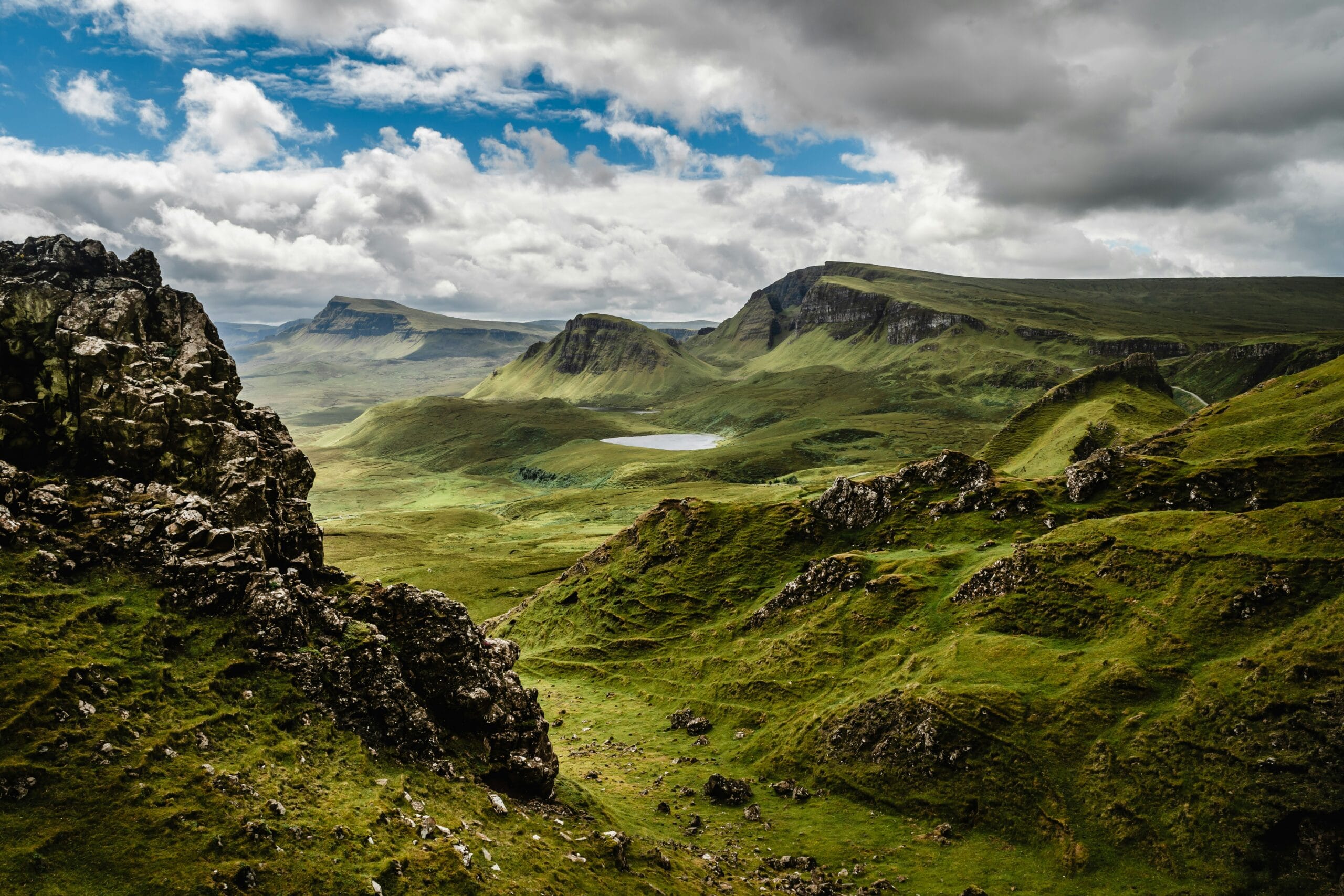
Both the upper and lower falls are reachable via established paths, and a plunge pool at the base offers opportunities for wild swimming. However, swimmers must exercise extreme caution, as the pool drops sharply into deep waters. The combination of the waterfall's force and proximity to the sea creates a uniquely dramatic Highland experience.
Continuing the Northern Circuit along the coastal A855 reveals stunning scenery at every turn. Near Duntulm, visitors can discover the "Instagram-famous red phone box" and explore the haunting ruins of Duntulm Castle. The area around Rubha Hunish offers pristine nature walks for those seeking untamed wilderness experiences away from more heavily trafficked tourist circuits.
Central and Western Skye: Castles, Culture, and Coastal Magnificence
Portree serves as more than just a practical base — it is the cultural heart of modern Skye. As the island's only town, it offers a genuine glimpse into contemporary Scottish island life, complete with friendly locals, high-quality restaurants, and a bustling harbor that has welcomed visitors for centuries.
The town's charming and quirky streets overflow with independent shops offering everything from local crafts to expert outdoor gear. Notable shopping destinations include OR – the Grn and Wentworth Street for art, books, homeware, and handcrafted goods. The Isle of Skye Candle Company specializes in island-inspired products and travel books, while the Carmina Gadelica Bookstore offers a wide range of titles and essential hiking maps for serious exploration.
Dining options in Portree range from casual to refined, with local fish and chips available at The Lower Deck or The Chippy. For breakfast and sandwiches, Savor Café provides excellent options to fuel your day's adventures. The harbor area buzzes with activity, particularly in summer months when boat tours and fishing trips operate regularly.
The Fairy Glen creates one of Skye's most unique and charming landscapes within a small valley accessible from the main road. This magical location, with its numerous walking paths and mysterious atmosphere, has long been thought to be a realm of fairies complete with ancient stone circles. The unusual hill formations result from an ancient landslide, forming a miniature mountain range seemingly sculpted by imagination rather than geology.
The single-track road leading to the Fairy Glen can become congested during peak season, but the destination rewards visitors with an otherworldly experience. A dedicated path leads to the main glen, the Fairy Circle, and Castle Ewen rock formation, each offering unique photo opportunities and peaceful moments of reflection.
Dunvegan Castle and Gardens is the only Highland castle continuously occupied by the same family for 800 years. The MacLeod clan has maintained this magical location filled with stories and legends, including the famous Fairy Flag believed to grant magical powers to the clan in times of need. The five-acre castle gardens feature lush greenery, waterfalls, a walled rose garden, woodland walks, and ornamental bridges showcasing centuries of cultivated beauty.
Admission costs £16.50 for both castle and gardens, or £14.50 for the gardens alone. Additional activities include boat trips and seal watching tours that provide a unique perspective on Skye's marine ecosystem. Inside, the castle houses an impressive collection of artifacts, portraits, and historical items that tell the story of Highland clan life through the centuries.
Neist Point Lighthouse and Cliffs represent Skye's westernmost tip, offering stunning ocean views that extend to the horizon. The island's west coast proves to be wilder, more untouched, and more dramatic than many visitors expect, with Neist Point providing perhaps the most breathtaking coastal view on the island.
The lighthouse requires a relatively steep descent from the car park, making proper footwear and windproof jackets essential. The exposed location means conditions can change rapidly, but the dramatic environment rewards well-prepared visitors. Wildlife enthusiasts may spot whales and dolphins from this vantage point, particularly during migration periods.
Despite its popularity, Neist Point's extensive area means it rarely feels crowded, unlike some of Skye's more compact attractions. The clifftop location offers an excellent sunset viewing point, although parking can become limited during peak season. A higher cliff viewpoint provides a classic postcard shot of the lighthouse surrounded by ocean and sky.
For more travel inspiration and detailed guides, visit Summer Affi
Additional information about Scottish tourism can be found at Visit Scotland
